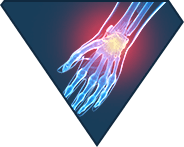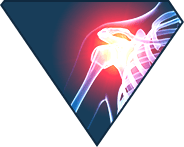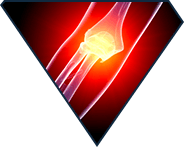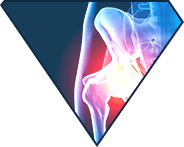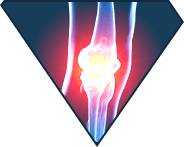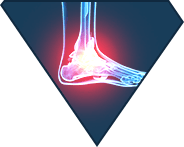High Volume Injections
What are high volume injections?

A high volume injection is a procedure performed to treat a tendon injury that occurs as a result of severe strain being placed on the tendon. During the healing process following a tendon injury, tiny blood vessels grow into the tendon bringing with them new nerves as well. These nerves are responsible for the sensation of pain related to the tendon injury or tendinopathy.
The procedure involves injecting a high volume of a solution of saltwater (normal saline) and a local anaesthetic into the space between the tendon sheath and tendon. The solution pushes the tendon sheath away from the tendon and strips off the new blood vessels and nerve endings that have grown into the tendon. The aim of high volume injections is to reduce pain and allow individuals to move and exercise the tendon comfortably.
What conditions can be treated by high volume injections?
High volume injections can be used effectively for the treatment of Achilles tendon or patellar tendon pain as well as other tendinopathies.
How are high volume injections administered?
During the procedure, you will feel a prick when the needle is inserted followed by a pressure or stretching sensation when the solution is injected. There may be some discomfort that should last for no more than half a minute. You will also notice swelling due to the high volume of fluid being injected which should resolve within 24 hours. The entire procedure should be completed within 30 minutes.
Are there any side effects?
There may be some complications following the procedure which may include numbness for a day or two, increased pain which occurs in about 2-10% of patients. There may also be a slight risk of bleeding and infection as with any other injection procedure.
You will feel better after the high volume injection due to the anaesthetic effect. You should allow your tendon to heal naturally and start rehabilitation (physiotherapy) as recommended by your doctor. You should be able to resume your normal activity level once the tendon is completely healed.
Research & Publications
- www.tandfonline.com/doi/full/10.1179/1753615414Y.0000000035?scroll=top&needAccess=true
- www.henninglangberg.files.wordpress.com/2011/08/humphrey-j-2009.pdf
- www.tandfonline.com/doi/full/10.1080/09638280701788225?scroll=top&needAccess=true
- www.tandfonline.com/doi/full/10.1080/09638280701830936?scroll=top&needAccess=true



